Choosing a Mobile POS System

Finding the right mobile point-of-sale (mPOS) solution for your business can be a difficult task. There are many on the market today, and each one has both good and bad points. While mPOS solutions like PayAnywhere’s 3-in-1 Credit Card Reader provide merchants with opportunities to create greater customer experiences, mostly because of their quick and easy transactions that can be conducted anytime and anywhere, there are still several items to consider when choosing an mPOS solution:
Payment security. This is perhaps the most important factor in considering an mPOS solution. The latest device with all the bells and whistles will not do you or your customers any good if it isn’t secure. Look for mPOS solutions that have security features such as tokenization and point-to-point encryption, that protect you and your customers from the effects of a data breach by ensuring you never store, process or transmit sensitive card data on your smartphone or mobile device. These features become even more crucial in a mobile device, since they are portable and more vulnerable than stationary POS solutions.
Convenience. Customers like their payment experiences to be fast, efficient, and without delays – this is one of the reasons the popularity of mobile payments is on the rise. A recent report by Transparency Market Research forecasts a 38 percent compound annual growth rate of the global mPOS market between 2015 and 2024. And with EMV chip card transactions taking longer than traditional magstripe card transactions, mPOS stands to gain even more traction. mPOS makes the payment process simpler, more convenient and flexible for customers. Once they experience the ease with which mPOS enables them to make purchases, they are more likely to use it again – and return to your business.
Flexibility and customization. You’ll want an mPOS solution that allows you to easily add and subtract features as you need them. Some merchants may have simple needs, like a singular state sales tax, whereas others, particularly restaurants, may have to track multiple tax rates for items like alcohol and gift cards in addition to food, not to mention extras, special menus and tip settings. Customization can also help with staffing issues, as the more flexible an mPOS solution is, the easier it will be for you and your managers to quickly add or disable an employee’s system access and permissions. Your mPOS solution should fit you and your business; you shouldn’t have to make your business fit your mPOS solution.
Device and bank/processor neutral. Sometimes, mPOS solutions will require you to use a specific bank or processor, or even both, which can be detrimental to your business – business needs change and evolve over time. If you are locked in to a single bank or processor, you could end up unable to negotiate for better rates and services as your needs change. Additionally, look for device-agnostic mPOS solutions, so you do not have to use a single type or brand of device, like an iPad or Apple – device-agnostic mPOS solutions work on many types and brands of devices.
Scalability. Some mPOS solutions are very simple, and are great for businesses with just a few revenue centers. Unfortunately these simple solutions also lack the potential to grow with the business, and as businesses are constantly evolving, you could find yourself shopping for a new mPOS solution after a very short period of time. While you may think a simple mPOS solution is best for your business as you are just starting out, a more scalable mPOS solution can save you time and money in the future. All businesses, regardless of size, need a mobile solution that lets merchants handle the scale and volume of their business, and helps them to manage all of their revenue centers from one centrally accessible account.
Like any other business decision, the choice of an mPOS solution for your business is an important one, and you should take time to weigh your options, as it is a decision that can have far-reaching implications. The criteria mentioned above should be helpful in deciding what’s best for your business now and into the future.
 3-in-1 Reader | 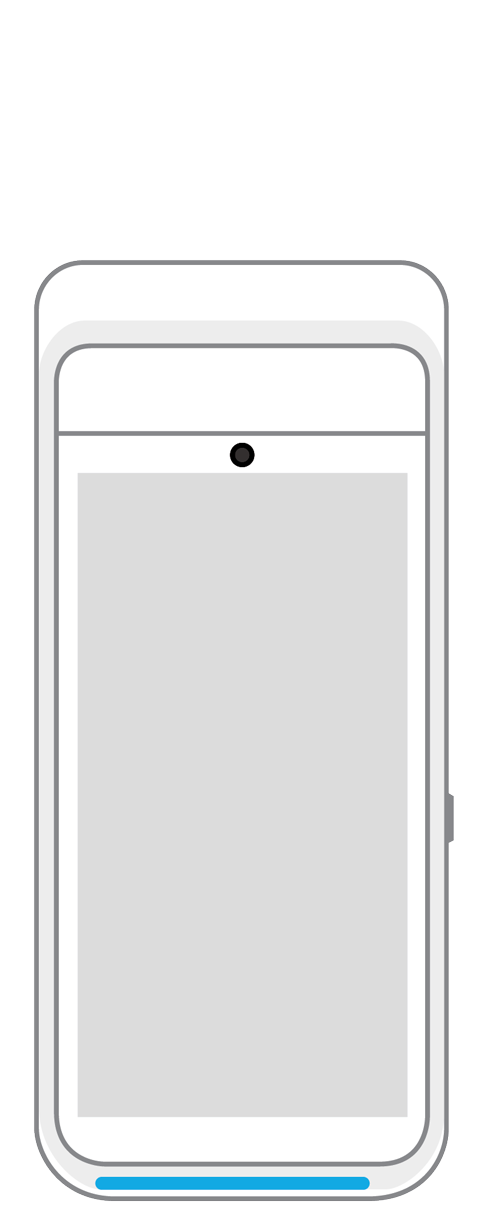 Terminal | 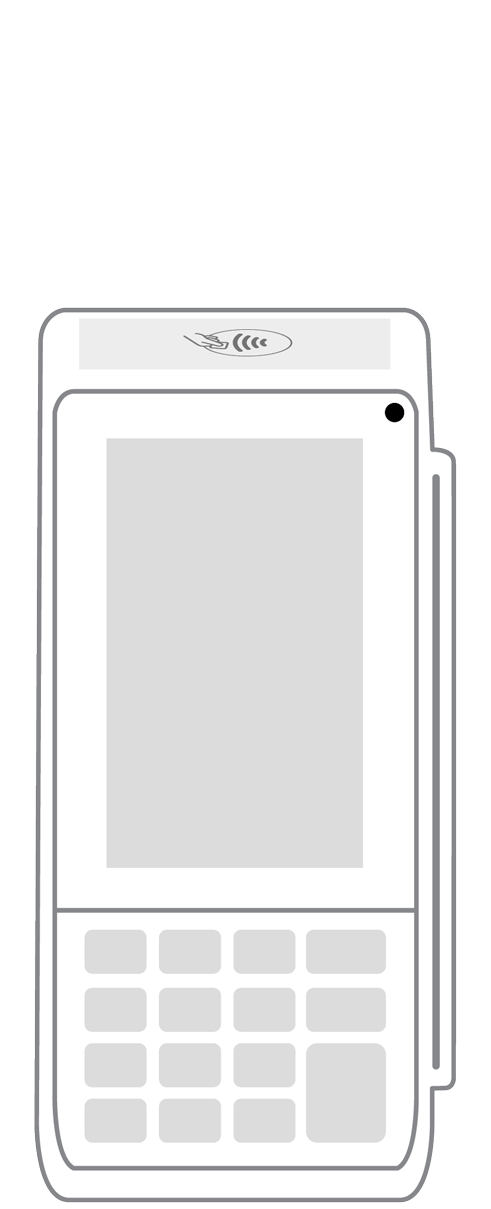 Keypad | 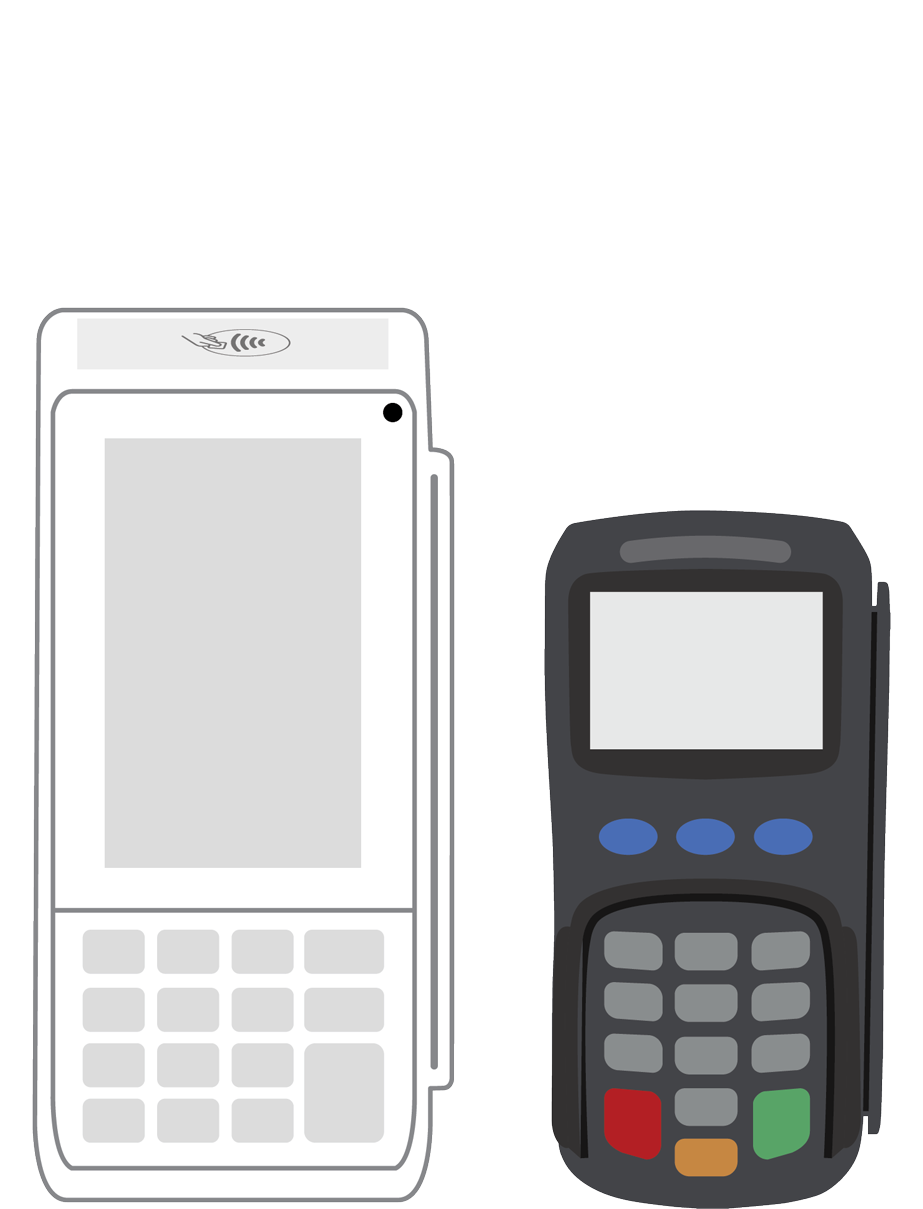 PINPad Pro | 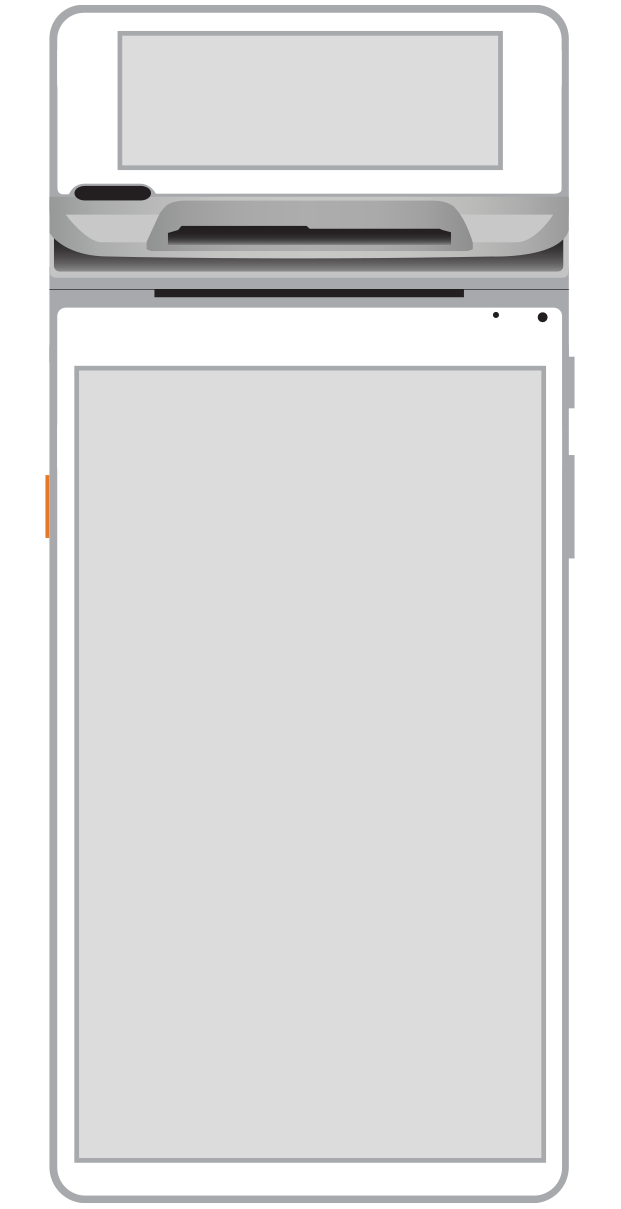 Flex | 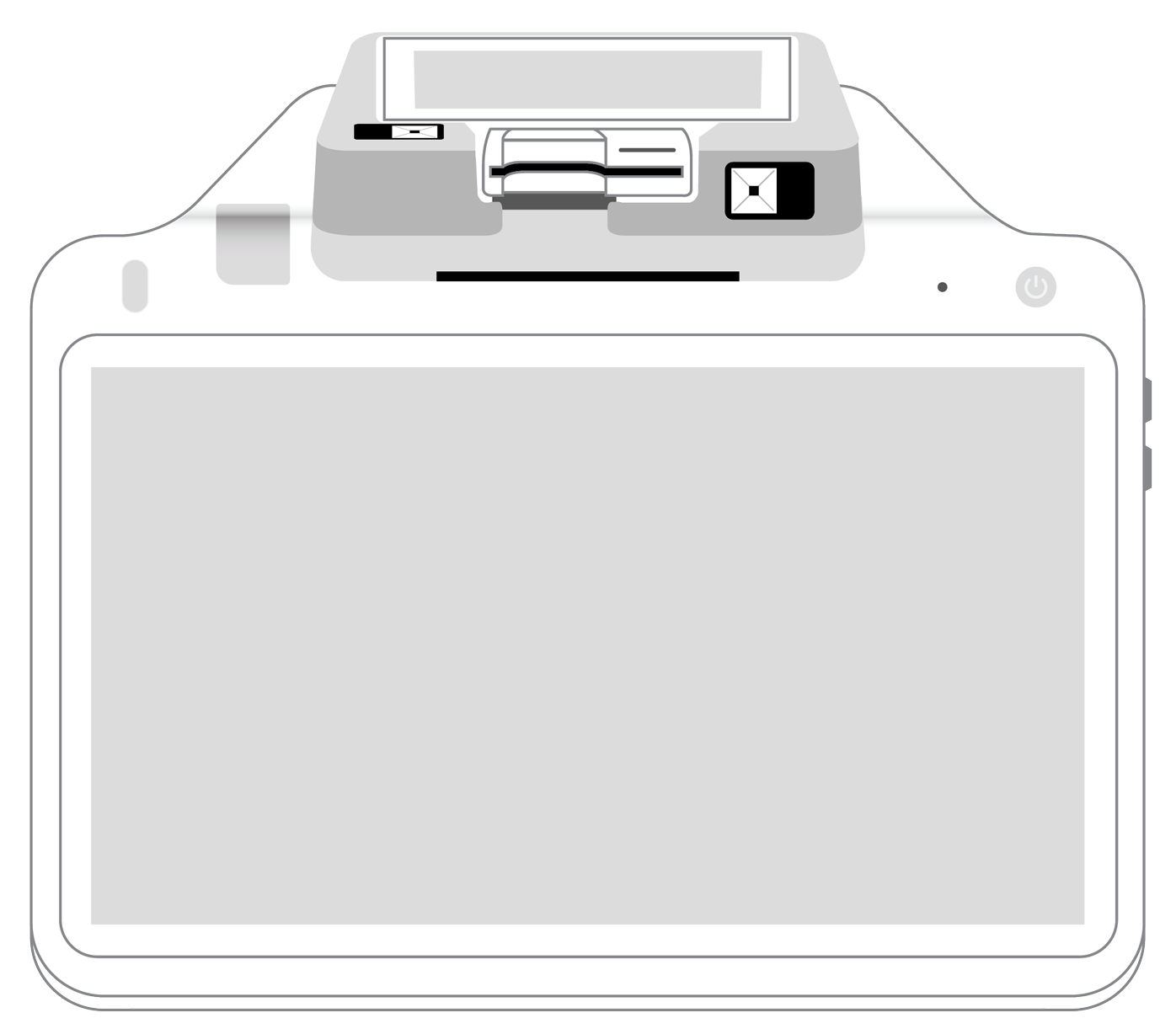 POS+ | |
|---|---|---|---|---|---|---|
Payment types | ||||||
EMV chip card payments (dip) | ||||||
Contactless payments (tap) | ||||||
Magstripe payments (swipe) | ||||||
PIN debit + EBT | ||||||
Device features | ||||||
Built-in barcode scanner | ||||||
Built-in receipt printer | ||||||
Customer-facing second screen | ||||||
External pinpad | ||||||
Wireless use | ||||||
Network | ||||||
Ethernet connectivity | With dock | |||||
Wifi connectivity | ||||||
4G connectivity | ||||||
Pricing | ||||||
Free Placement | ||||||